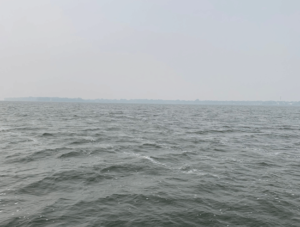Q&A with NOAA scientists: Causes and impacts of 2024’s historically low Great Lakes ice cover
NOAA Great Lakes Environmental Research Laboratory
NOAA Great Lakes Environmental Research Laboratory
https://noaaglerl.blog/2024/02/22/qa-with-noaa-scientists-causes-and-impacts-of-2024s-historically-low-great-lakes-ice-cover/

















